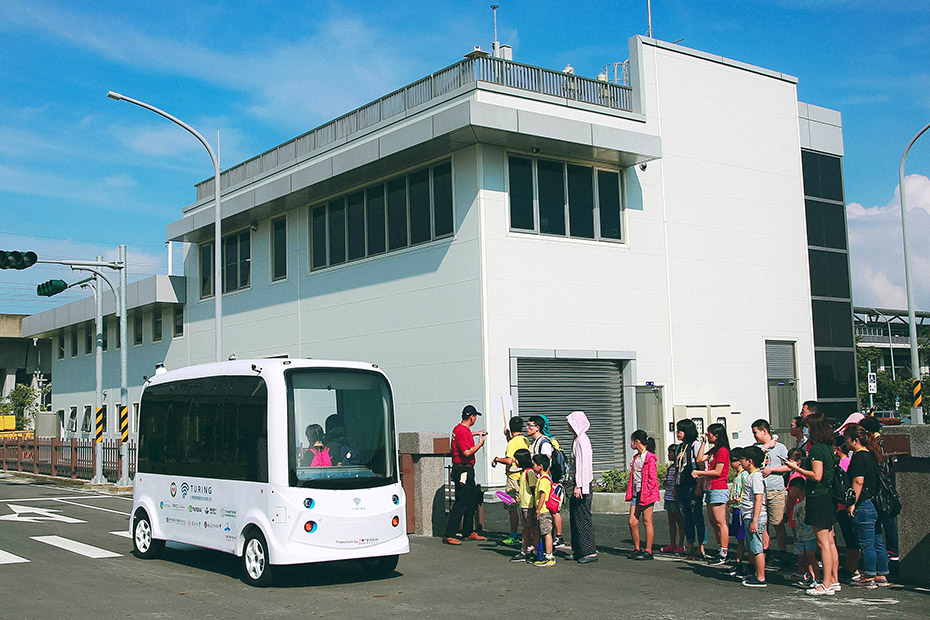
TURING Drive, named in honor of artificial intelligence visionary Alan Turing, is focused on autonomous driving system development and applications. Its founding members were previously a project team that developed Taiwan’s first self-driving electric bus.
TURING centers its autonomous driving technologies on artificial intelligence, from deep-learning to sensor-fusion, from perception to decision-making, and from route planning to control-by-wire acumen.
Currently, TURING operates an autonomous vehicle shuttle service in projects sponsored by the Taiwan government. The company has also been commissioned by private entities to retrofit commercial vehicles to add self-driving capabilities, harnessing the firm’s autonomy and system integration expertise.
To learn more about TURING Drive, we connected with Stephen Liu, Executive Director.
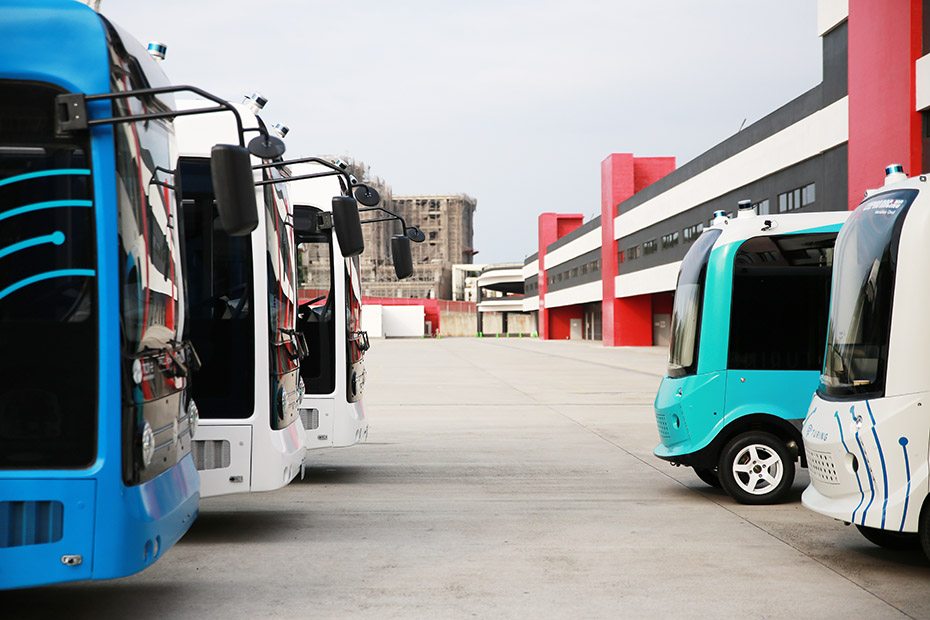
Liu: TURING Drive Inc. was the first company to develop a self-driving electric bus in Taiwan in 2018. We specialize in the three critical technologies for autonomous vehicles (AV), namely sensor fusion, AI deep learning, and control by wire.
TURING Drive is the only AV developer in Taiwan that is 100 percent funded by the private sector. We provide an affordable autonomous driving kit applicable to various special-purposed vehicles and shuttles.
TURING has developed seven autonomous shuttles in collaboration with its shareholder, Tron-e, an electric bus manufacturer in Taiwan. Three of them are 4 meters long with a capacity of 11 passengers. Two of them are 6 meters long with a capacity of 20 (standing and seated). All of these purpose-built, wholly electric shuttles are being deployed in three projects.
To date, TURING’s shuttles have travelled 18,000 km and served 57,000 passengers since 2018.
In addition to shuttle buses, TURING has been commissioned to develop low-speed autonomous vehicles and a fleet management system.
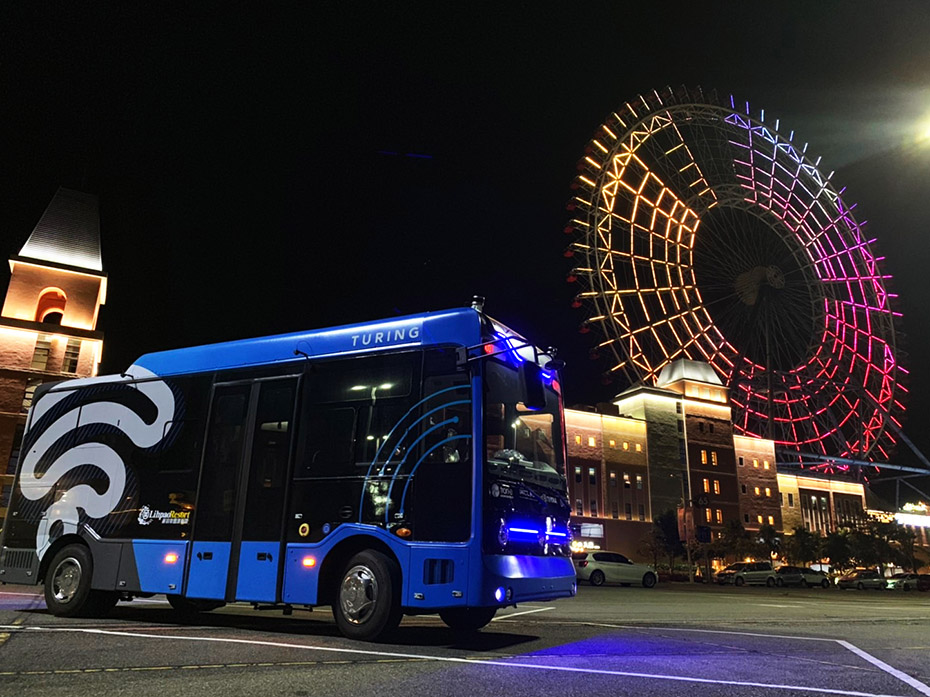
Liu: In mid-2020, TURING will operate an AV passenger service on the dedicated bus lane at Xinyi Road in downtown Taipei. It will address the shortage of bus drivers and make public transport available between 00:30-02:30. A return trip takes up 12.3 km.
The operation will be the first open-road testing at night. The autonomous shuttles will call at all bus stops, navigate through all road intersections, follow real-time traffic signals, and connect with roadside sensors (using V2X technology). Both RTK and GPS will be tested and integrated with an HD Map.
Liu: Taiwan is unique in terms of traffic pattern and a full-fledged industry ecosystem. For one thing, Taiwan features mixed traffic flow, consisting of automobiles and a swarm of scooters, on rather narrow streets. Yet the traffic has been well-managed and drivers tend to follow the rules.
Taiwan’s strong industries is another defining factor. An AV developer can easily visit globally-renowned ICT, OEM, automotive parts, battery, and vehicle prototyping companies in one day. This diverse and vigorous ecosystem expedites the R&D process and reduces tremendous costs.
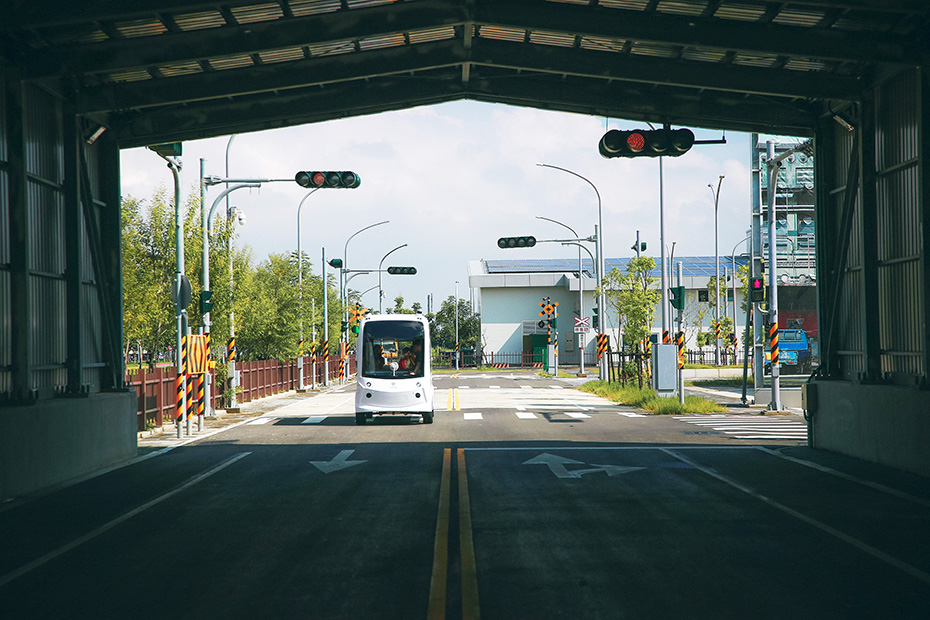
Liu: Very simple. Velodyne’s proven record and superb quality has made it the only choice for TURING since its inception. TURING has been using Velodyne Puck sensors since day one and all 14 lidar sensors on board our vehicles have been flawless.
Liu: As TURING keeps applying its autonomous driving system on various types of low-speed vehicles, including golf carts, streetsweepers, and agriculture machines, cost becomes increasingly critical. The very affordable Velabit might be a perfect solution for Turing’s special-purposed AVs.
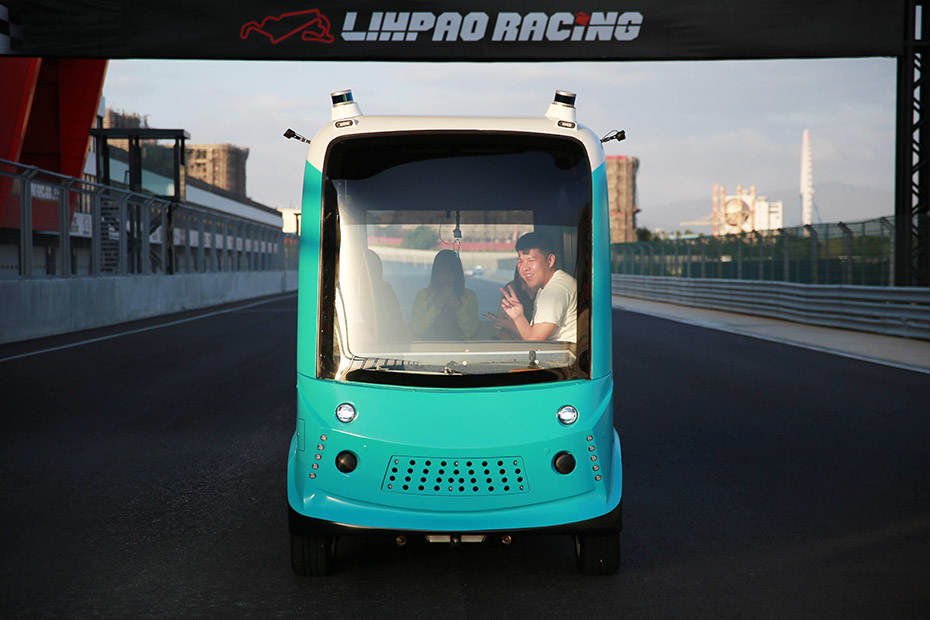
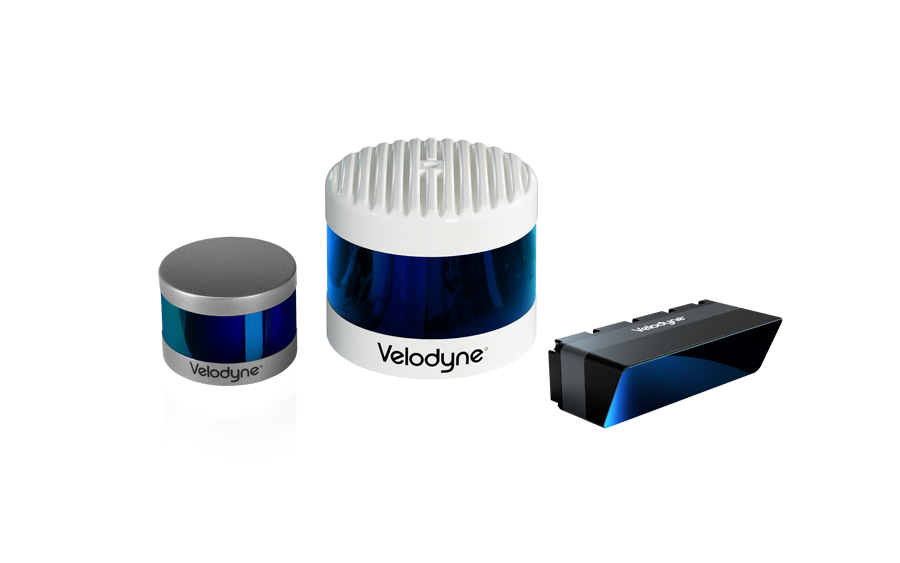
Velodyne Lidar (Nasdaq: VLDR, VLDRW) ushered in a new era of autonomous technology with the invention of real-time surround view lidar sensors. Velodyne, a global leader in lidar, is known for its broad portfolio of breakthrough lidar technologies. Velodyne’s revolutionary sensor and software solutions provide flexibility, quality and performance to meet the needs of a wide range of industries, including robotics, industrial, intelligent infrastructure, autonomous vehicles and advanced driver assistance systems (ADAS). Through continuous innovation, Velodyne strives to transform lives and communities by advancing safer mobility for all.